Things That Annoy Petrolheads #1: People Who Don't Know the Names of Cars
Welcome to a new series which will harnesses the power of petrolhead outrage, for your entertainment. For our maiden voyage into automotive rage, we have a predicament that I believe plaque most petrolheads/car nuts: “People Who Don’t Know the Names of Cars”.
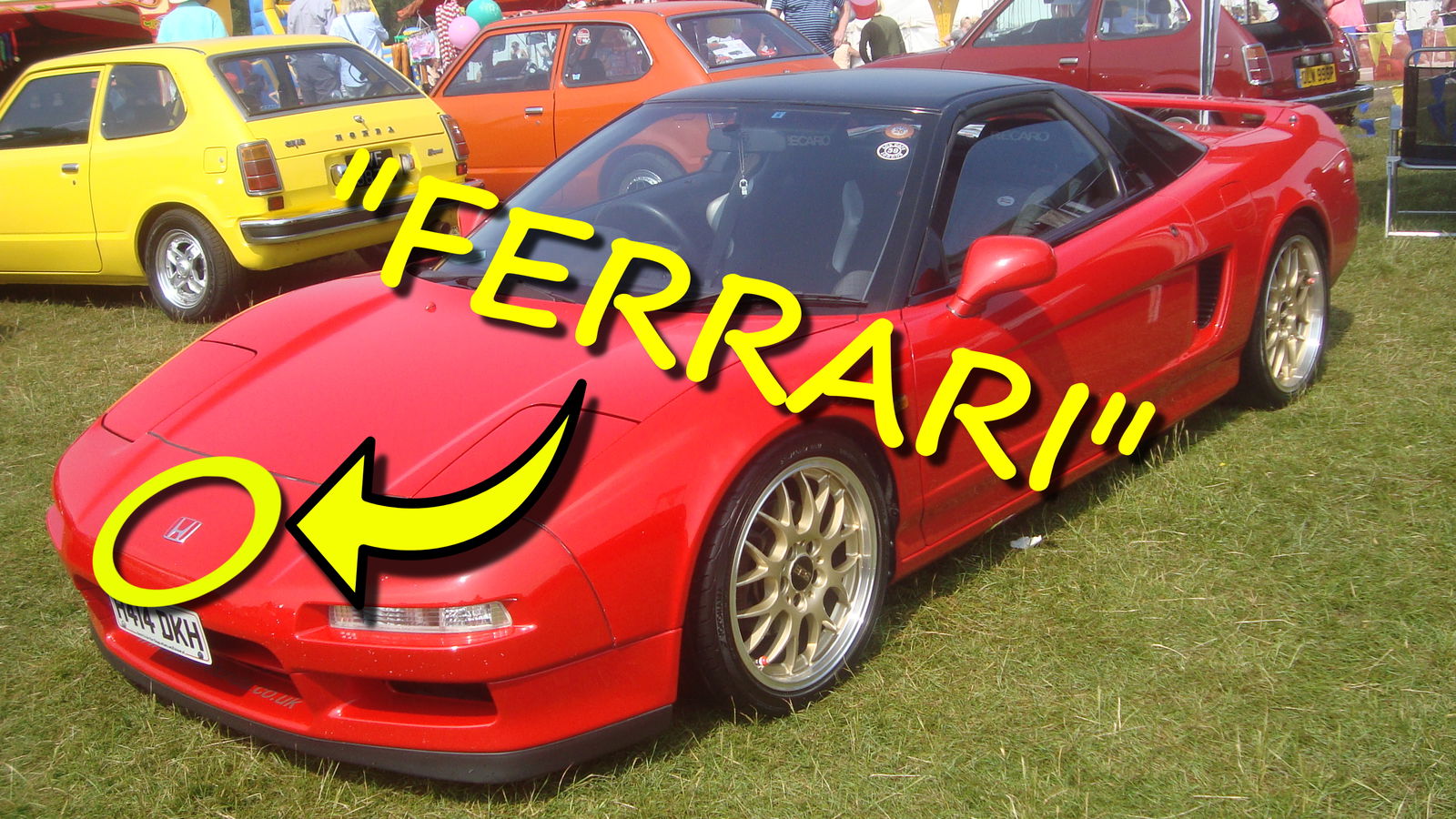
Welcome to a new series which will harnesses the power of petrolhead outrage, for your entertainment. For our maiden voyage into automotive rage, we have a predicament that I believe plaque most petrolheads/car nuts: “People Who Don’t Know the Names of Cars”. Yes, that’s right, non-car people, and annoying ones at that, are often the bane of our existence. Even if you are not a car person, you should have something have the same problem with an interest such as computers, video games, clothing brands, music, etc. One thing that car people can do that most others can’t is naming cars by sight or atleast by badge. Sure, even a diehard fan can get stumped sometimes, but when someone calls a Subaru WRX STI a “hot Camry”, it really does get on our nerves as car people.

The most annoying part is that cars are specifically designed to have very distinct shapes, headlights, and badging. So when someone can’t tell the difference between a Peugeot and a Porsche, non-car people should learn to empathize. If I called someone’s XBOX One a Nintendo, they would be mad too (luckily I know my way around this field too). The main problem is not the non-car person’s lack of knowledge about cars in general, but that they see cars everyday, maybe even own a car, but can’t identify any of the them. Another thing is that sometimes I have been asked “what type of car is this”, even when the company logo and model name are within view. Sometimes I know what car it is because I can read!
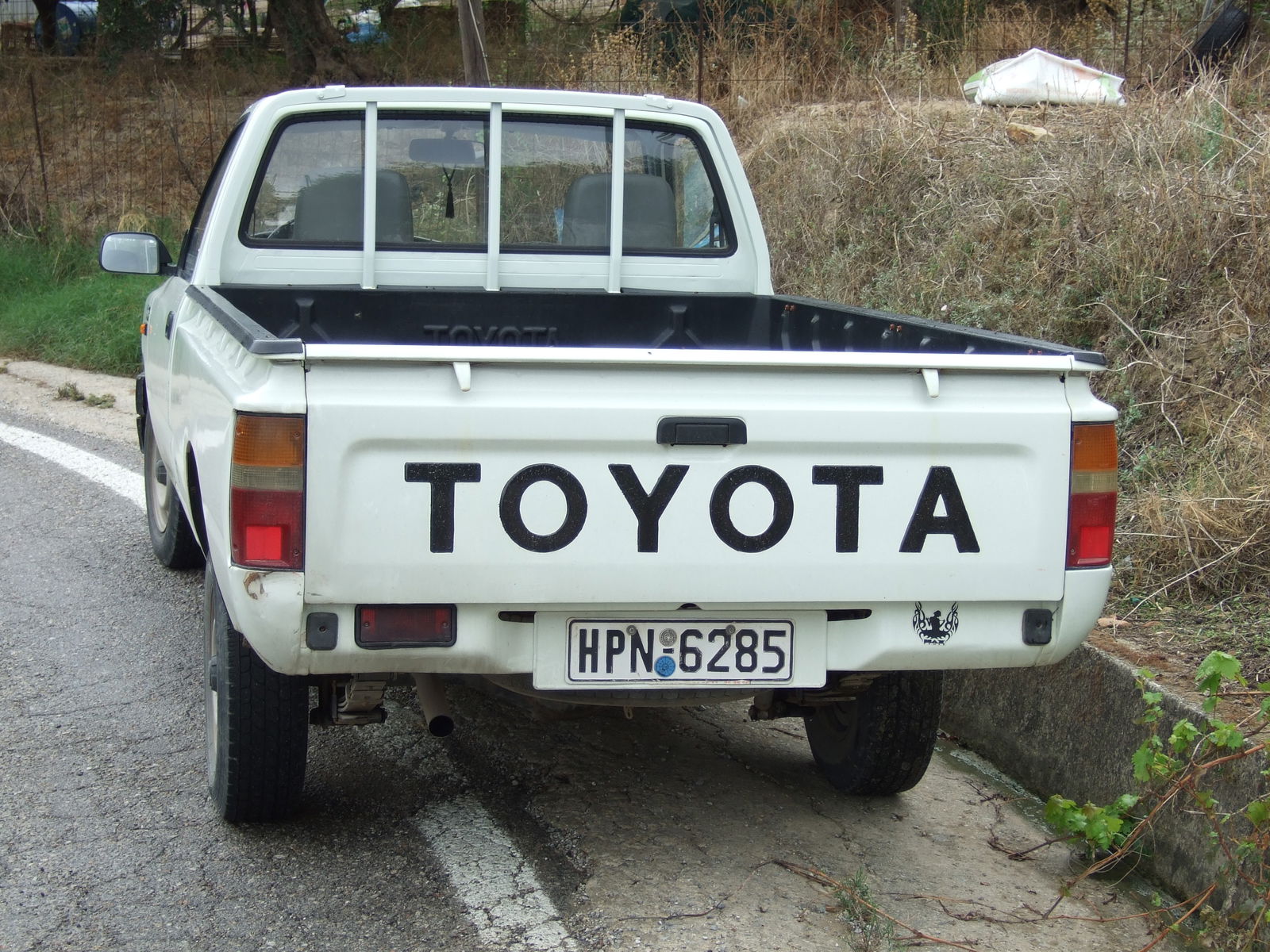
I don’t want to be mean, but most petrol-heads know the pain of someone pestering them about “ooh ooh, you know cars, what is that car?”. So to keep them from asking let’s set up some guidelines for determining the make and model of cars by sight (or by sound).
#1. Look at the Badges People!
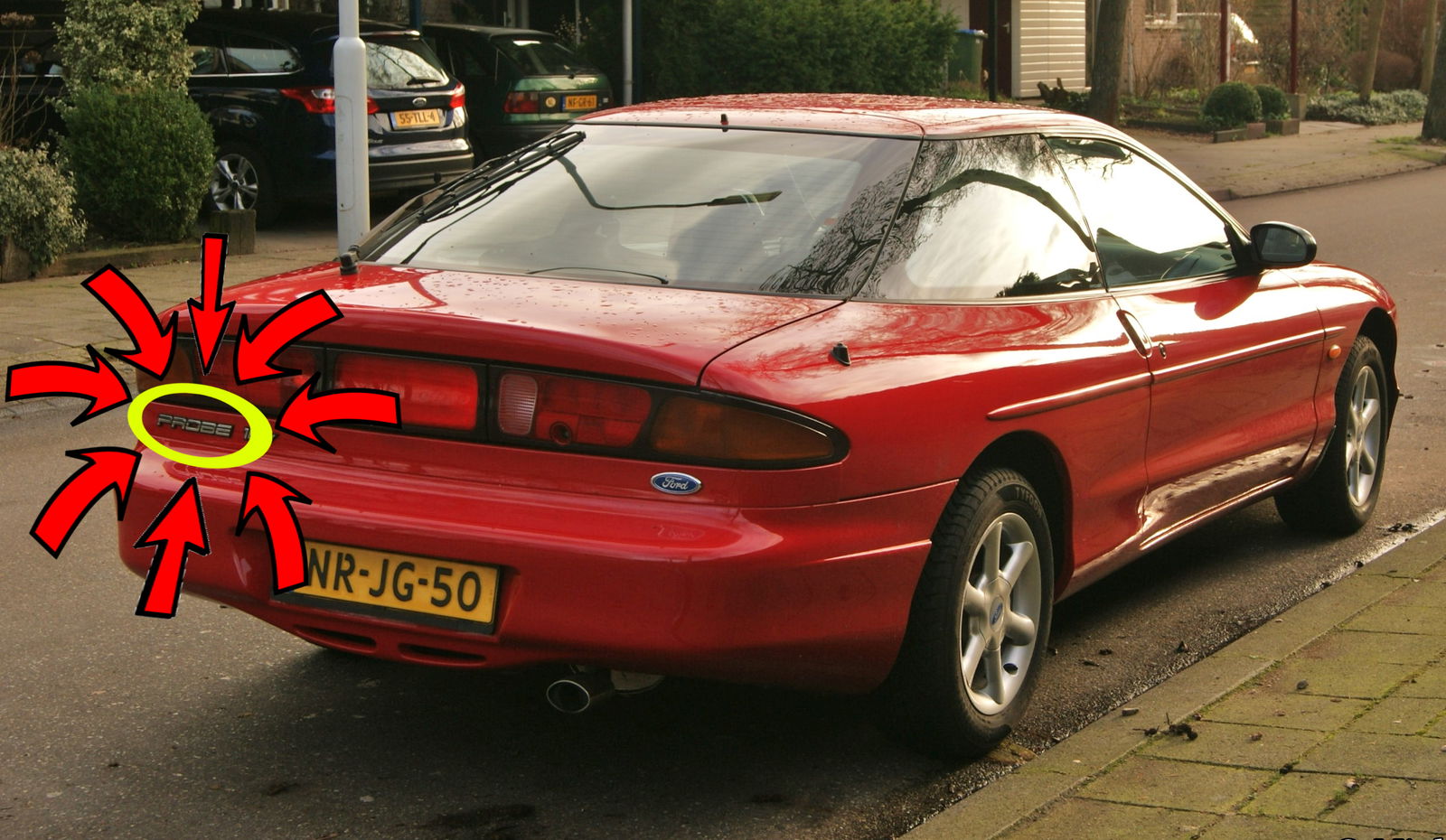
Almost every car has at least one badge, so don’t go calling your Hyundais-Hondas or your Ladas- Lamborghinis. The badges that are letters or include the name should be a dead giveaway. The rest of the symbols are purposely made so you will recognize them, so it doesn’t take much time to remember them. The name of the car can often be in lettering too. Names tend to be medium length words. Some may have long names, but manufacturers often keep them short so they can improve marketability. Some manufacturers, however, give their models really short names, such as Scion with the xB, xA, iQ, iA, tC, xD, iM, and FRS. Others also have short names with a numerical name referring to the size of the car in the lineup or size of the engine, often with a letter added. For example, BMW has a lineup which has used every number up to 8, with the series number depending on the number of doors. The One series is a 4 door compact, the 2 series being a 2 door compact, the 3 series being a slightly larger 4 door, and so on all the way up to the Full sized 4 door & series and the defunct full-size grand touring car two door 8 Series. The rest of BMW’s models follow a similar pattern with their Z+a number sports cars, X+ a number SUVs and their i Series electric cars. Specific names for the first range of cars include two other number after the first to denote it’s status in the range, such as the base 316 to the 340. There is an “i” at the end for gasoline models and a “d” at the end for diesel model ex: 330i vs. 330d. Also, x-drive denotes all wheel drive. I know that was complicated, but at least one can see the clear logic those perfectionist Germans have devised just with the name!
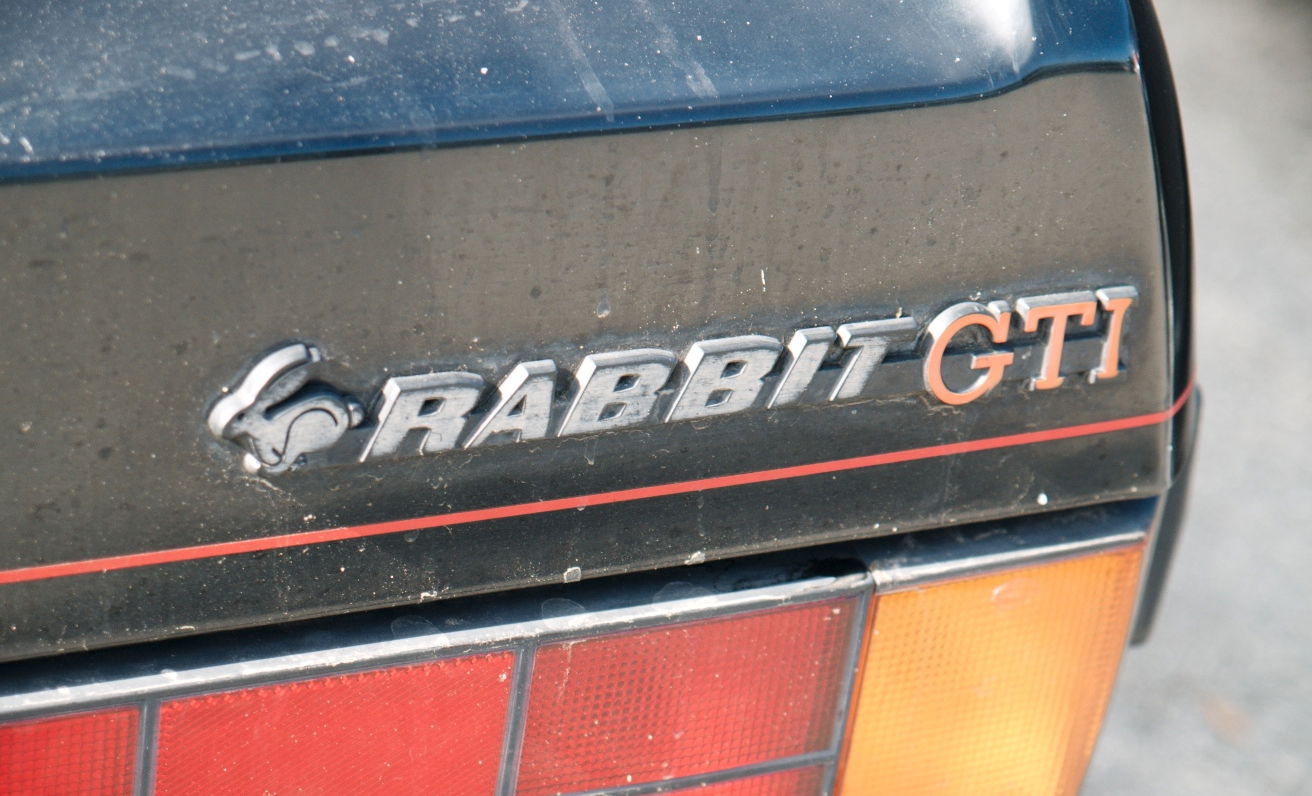
Also, you should know that often the trim level of the car is denoted with a badge. A simple one is that L badges are often for luxury or just base model, and Limited is similar. GTI is something common on hot hatches or almost any hot model from Volkswagen (R denotes the top model, such as the golf R, which has All Wheel Drive and extra power.) STI is a sporty model especially from Subaru, who also uses the Spec-B and GT or even GT-B name for their Legacy range, while WRX refers to the hot Impreza which is the WRX STI in most advanced form. Evo or Evolution is popular moniker from Subaru’s main competitor Mitsubishi, but has been used for road going version of touring and rally cars too for purposes of homologation; the terms refers to the evolved state of the car from stock. The GT-R started out as a version of Nissan’s Skyline, but with the most recent iteration has become just the Nissan GT-R. (there has also been a Nissan Pulsar GT-R in the past, only shares the name). GT means grand touring and usually denotes some level of class, whether real or perceived. SS is a term for hot version of a car, especially muscle cars. There’s also tons more which I would prefer not to go into detail about, mostly because manufacturers are just using them to sell more cars: DX, LX, CE, LE, DL, GL, GLE, LS, EX, FL, SE, SL, SLX, SLT, SV, LT, LTD, LTZ, XLT, and many more I forgot. Also hybrid means hybrid and electric means electric, this is not Wikipedia people. Just remember, the value of the car does not just rely on the trim name, but the options and performance level of that car. A car can be the “Special Edition”, and still be complete cr@p.
#2. Look at How the Car Looks Closer.
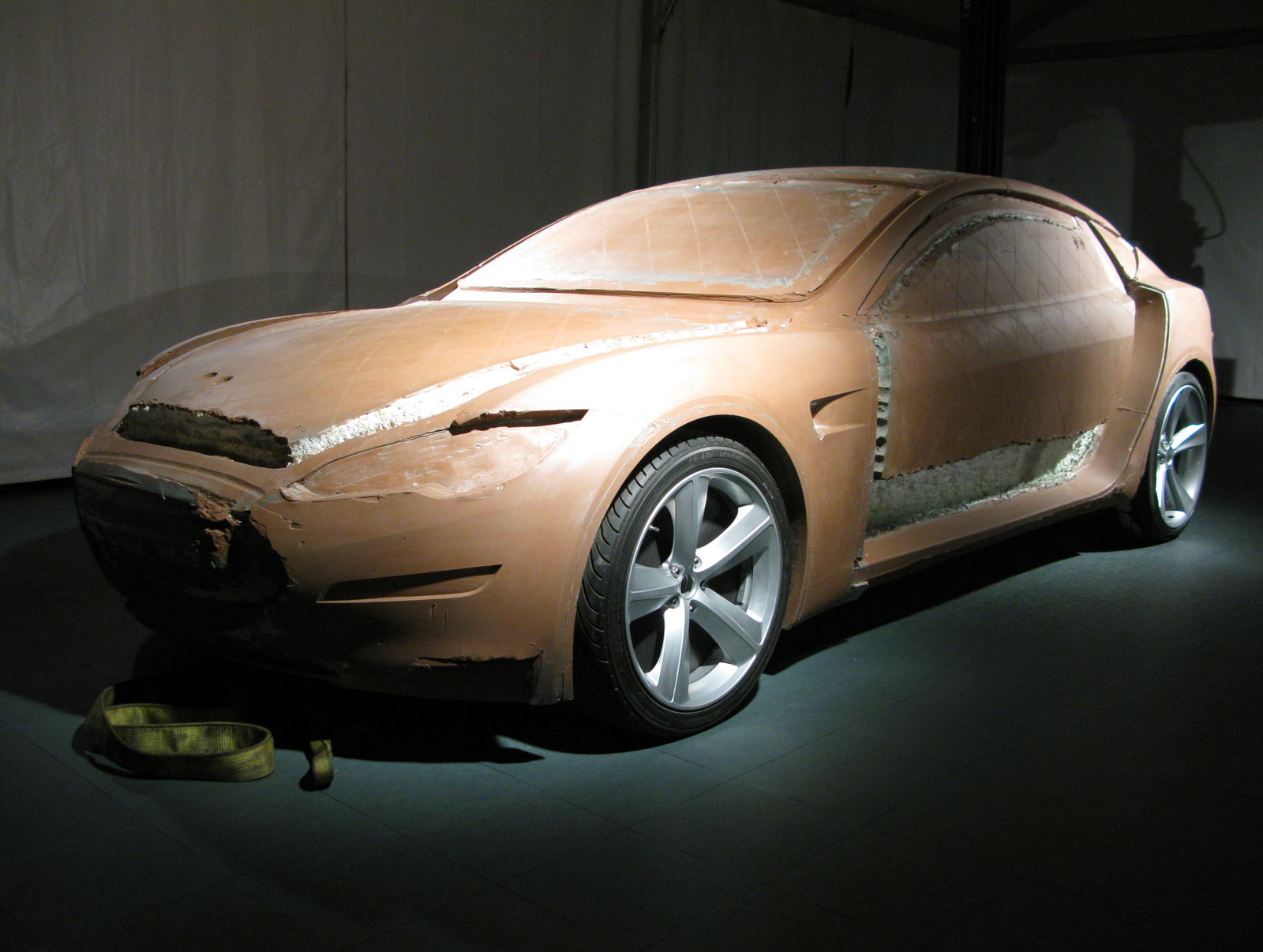
Car design truly is an art form. While cars may look similar, one should at least know the basics of car spotting. The first thing to look at is the headlights and grill. Car designers use the front of the car as a defining design characteristic to set their car apart. Some cars such as the Beetle and 911 have two big round headlights and no grill at all (due to the rear engine). In the 70’s and 80’s boxy and wedge shaped cars became popular with the wedges having pop-up headlights and boxy cars having more squarish headlights. Nowadays, cars often have aggressive headlights, and front ends designed for aerodynamics. Headlights become a key sign of what car you are looking at and most often include the manufacturer’s badge too. The rear headlights can also have a distinct design such as the round ones one many Ferraris, 3 bar headlights of the Mustang, or the bulbs on a 50’s Caddy with fins. You can also find logos and name of the car and trim on the back most times. Another thing to look for is if the car has a wing. A Subaru WRX STI usually has a big wing, and the WRX just has a small one or none at all. Same can be said for the Mitsubishi Lancer Evolution vs. the Ralliart. Though a wing does not always denote a fast car, it can be a hint at the trim level/edition of the model. It’s also to consider the overall shape and size of the car. A car with 2 doors is a coupe, a car with a hatch is a hatchback, and a car with a hatch on a sedan body is a wagon, and a car with a cargo hold similar to a wagon but two doors is a shooting brake. In the beginning, non-car people will confuse Fieros for Ferraris, but once you see the two, it’s easy to tell which is collectible and which is not (unless you have a fetish for old wedge-shaped mid-engined sports cars.
#3. By Sound

Recognizing a car by sound can be very difficult, but listening to the sound can tell you some about the engine and exhaust system. If you hear a whistle noise, that is the sound of a car which has a turbo, though some turbos do not have a loud whistling noise. A loud gurgling noise will most likely be a V8, V10, or V12, and sometimes a V/Inline 6. Subaru boxers have perhaps the most distinct sound, with a deep rumble for 4-6 cylinder cars, because they have boxer engines (horizontally opposed pistons) and most also have unequal length headers (the beginning of the exhaust system). A loud whine will usually be from a supercharged car (running off the belt), and sometimes a very powerful turbo. Sporty cars will tend to have a loud exhaust, but if it sounds annoying and not and all impressive, it’s probably just a fake sporty exhaust system or there is just a hole in the exhaust. If a Prius or any hybrid drives by it will be super quiet, and an electric car almost no sound at all besides the sound of wind buffeting. Watch a few videos of cars driving with different engines, and the patterns will become apparent.
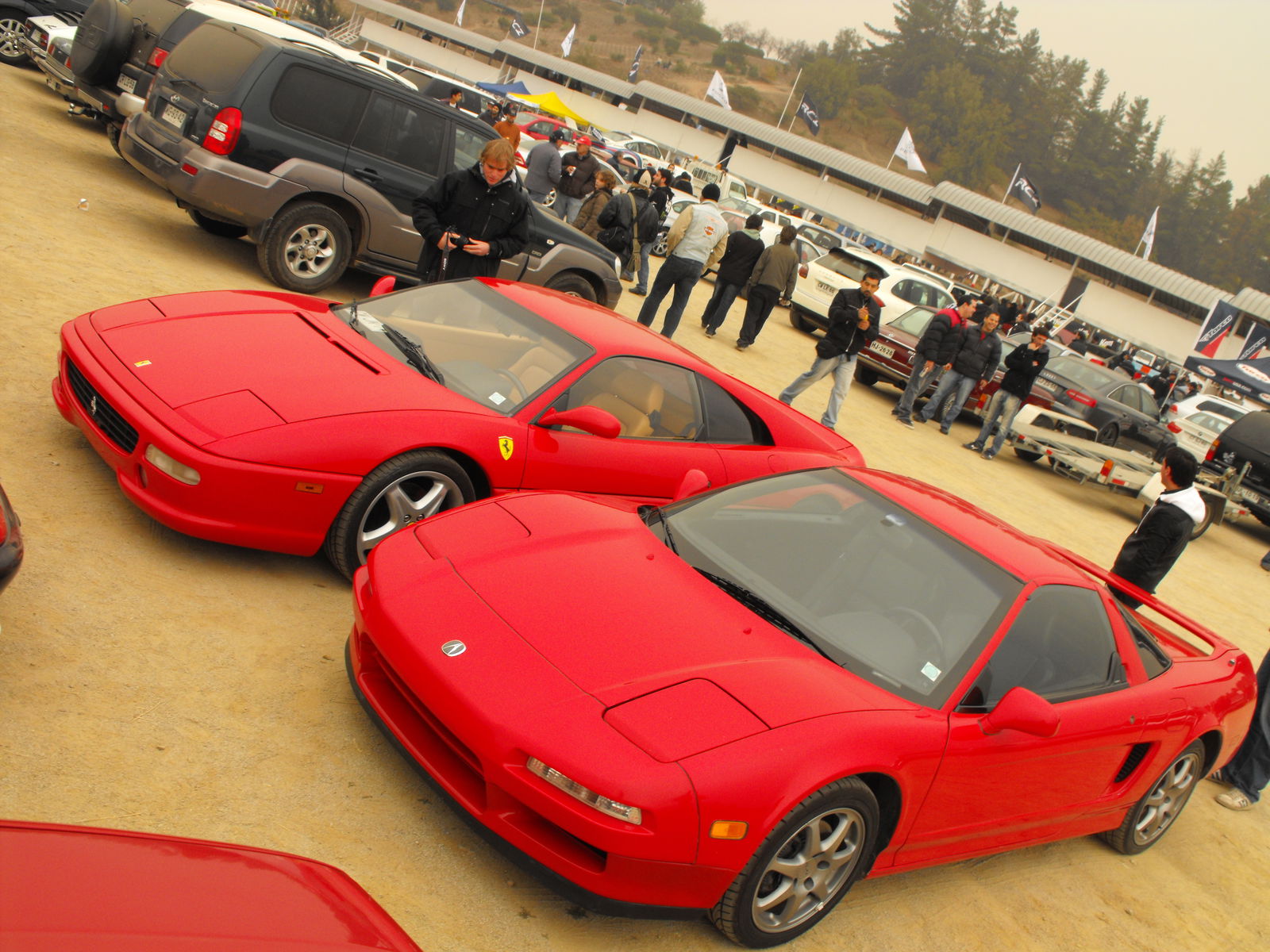
Overall, I understand the task of differentiating cars can be difficult, but it’s a helpful life skill for anyone and especially helps when car shopping. Everyone should know the popular and famous brands, and I hope you know how to read for make, model, and trim level. I urge my petrol-head brethren to share this article with a non-petrol head or use it to have an intervention with them. Overall, I hope this gave all you often annoyed petrol-heads something to relate to and something to share with your non-car-loving friends and family. Hopefully, subsequent posts can be shorter, but this topic happens to be a really important and deep one. Just remember, the NSX is not a Ferrari, and I’m pretty sure that’s not a Lambo dude. #blogpost #thingsthatannoypetrolheads #thingsthatannoycarpeople #carrant
Image sources: Thumbnail: Kieran White on Flickr, #1: Boosted Boris Instagram, #2: Ole Husby Flickr, #3: Niels de Wit Flickr, #4: mliu92 Flickr, #5: Steve Jurvetson Flickr, and #6: Eduardo Diaz Gonzalez Flickr.

Comments
Guys who put Mercedes badges on there Smart cars
This needs edited a bit
Sadly, non-petrolheads don’t seem to have time to look at cars closer. Like if we were to ask them about this FC and 240sx-
Sorry for late comment but i could not resist commenting about the Toyota Pickup truck which has Greek plates yayyy (sorry i’m crazy af)
Pagination